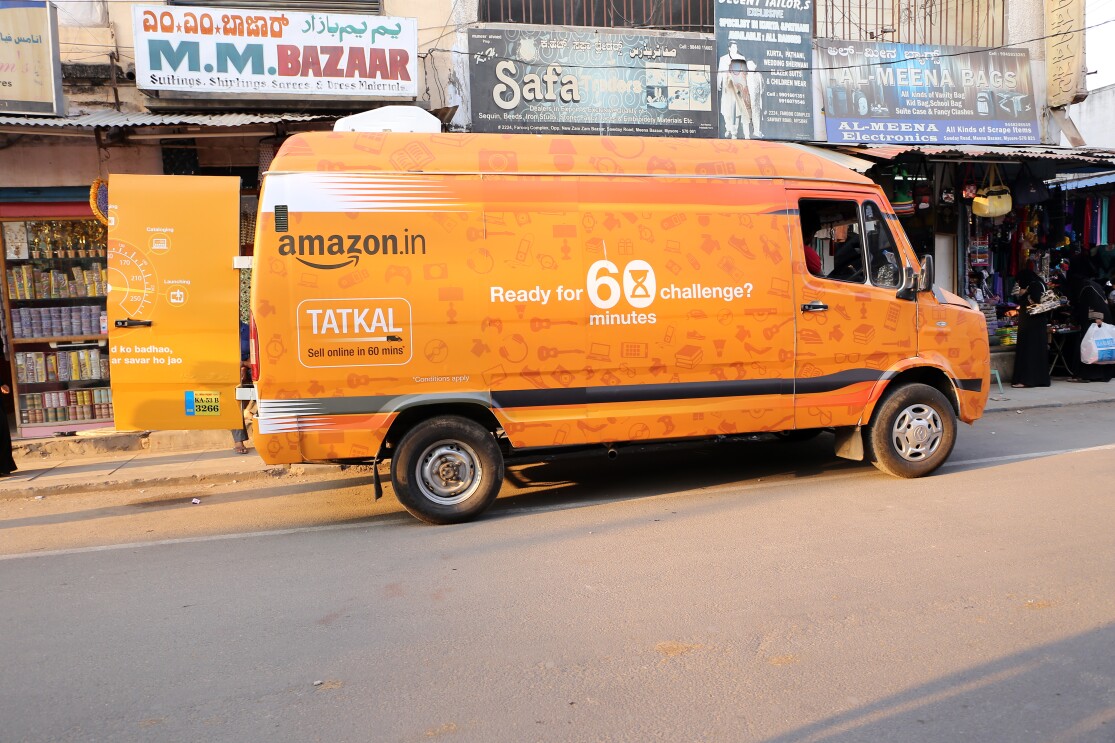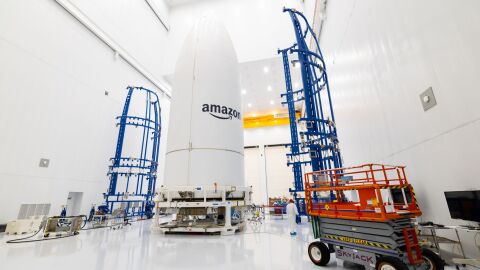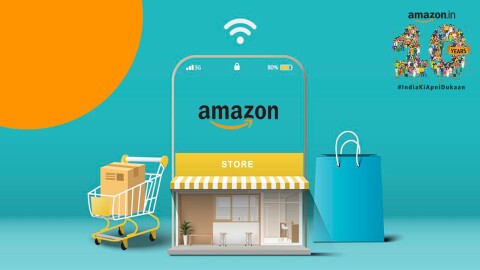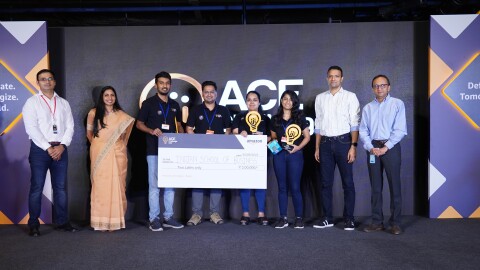Vivek Somareddy vividly remembers the intervening night of June 4-5, 2013 like it was yesterday. Flanked by the core India team, he was in the room when Amazon.in went live at 12 am. “It was super exciting but also stressful. A beautiful journey, a marathon, had just begun,” Somareddy, who is presently Vice President, Seller Fulfilment - Emerging Markets & India Exports, told About Amazon.
Despite a guarded start with just 100 sellers selling books and nervy moments where inventory swiftly went out of stock, the India marketplace launch was successful. “Some of the glitches that we encountered—common during such launch events—are funny in retrospect but were very demanding at the time,” laughs Somareddy, who was a senior manager back in 2013.
Ten years in, Amazon’s seller base has grown to over 12 lakhs, serving lakhs of customers every day. Many sellers have turned crorepatis. Over one lakh Indian sellers are now exporting globally through Amazon.

A part of the reason is that Amazon.in was built for India, in India. Here’s a peek into how Amazon tailored its seller-focused operations to address India-specific challenges and nuances.
Dispelling seller myths
10 years ago, online selling had more naysayers than takers. Sellers were very early in their digitisation journey and not open to the idea of internet-based selling or digital payments to scale business, says Somareddy. Sellers had to be met in person and a lot of assistances and assurances were needed. “While Amazon did have a seller recruitment engine in every marketplace, we did not have a ‘feet on the street’ kind of setup. We had to create it in India,” he says. Then came the colourful Amazon Chai Carts, educating potential sellers about the benefits of starting an online business—all over a cup of steaming hot tea. These Chai Carts engaged over 10,000 small businesses along the way.
Handholding sellers
Looking at the limited digital fluency amongst sellers in 2013, we launched an assisted SSR (self-service registration) program where the team would walk the sellers through the entire registration process. Then support in multiple languages, beginning with Hindi, followed. Today, Amazon’s SSR directly integrates with government systems for registration, KYC, and invoicing. “Once the sellers register, we contact the government systems and do a bunch of things on their behalf,” says Somareddy.
Then there was the Amazon Tatkal program that enabled small businesses to get online in less than 60 minutes through a specially designed studio-on-wheels offering a suite of launch services. Amazon also introduced the ATES Seller Affiliates E-commerce Partner program that enables individual entrepreneurs, SMBs, and large organisations to partner with Amazon to onboard sellers. ATES partners enable sellers to start selling on Amazon, train and mentor them for success.

End to end shipping
Logistics was a big friction point for sellers and Amazon introduced Easy Ship as an end-to-end delivery service in 2014. “The third-party logistics network at that point was just suited for envelope deliveries. Parcel deliveries were almost non-existent, and our operations team went about building a massive logistics network connecting every corner of India,” says Somareddy.
With Easy Ship, orders are picked up from the seller location by an Amazon delivery associate and delivered to the customer's doorstep with minimal effort from the seller. This is a departure from traditional models where either the seller manages inventory and logistics (Merchant Fulfilled Network) or outsources order fulfilment to Amazon (Fulfilled by Amazon). Easy Ship is the most popular fulfilment solution that sellers choose when they first start selling on Amazon.in. Today, Easy Ship has been adopted in 9 other countries, including Turkey, Australia, and Singapore.
Turning seller locations into fulfilment centres
A few years into its India operations, Amazon had big fulfilment centres in Mumbai and Bengaluru but the seller base was concentrated in several other cities too. Sellers were reluctant to send their inventory to other states, and setting up multiple fulfilment centres was not cost-effective. "At the same time, we encountered some regulatory issues that challenged the way sellers operated in Fulfilment by Amazon (FBA)." Somareddy’s team got a one-line brief from the then country manager Amit Agarwal: go run FBAs without fulfilment centres.
We optimised a software that runs small FCs and put these at our seller locations to turn the seller location into a mini FC, only for that seller.
Launched in 2017, Seller Flex is another India-first innovation. Sellers can use their own premises to stock inventory and avail Amazon’s warehouse management system and logistics services to deliver customer orders. Sellers that have adopted Seller Flex have seen big growth. A case in point is Tribes India, which has consistently grown 2x year-on-year and is able to bring in wide selection from artisans and weavers to customers in India and beyond. Seller Flex is managed from India but has been deployed in the UAE, Saudi Arabia, Egypt, Brazil, Mexico, France, Italy, Spain, and the UK too.
Service Provider Network
Since not all sellers in India have the bandwidth and know-how to list their products on Amazon Seller Central, Amazon has put together a network of vetted third-party service providers that can assist. “From shooting great images and articulating product attributes to imaging the product and creating a listing—these service providers can support them all,” says Somareddy. The SPN is operational in more than 10 countries now with product management done out of India.
Making loans available to sellers
In the US, Amazon Lending provides business financing to help small and medium-sized businesses. A similar model could not function in India as Amazon did not have a banking license. Instead, Amazon set up a lending program that consists of third-party lenders and enables sellers to get loans at better than market rates.
For non-collateralised loans, our sellers were able to get one of the best interest rates and because of the systems we had set up, the NPAs were significantly lower than market benchmarks.
Launch of seller app and simplifying mobile workflows
Amazon was the first one to launch a seller app in India. Today over 60% of the sellers on Amazon.in use this app to manage their business. The Amazon India team took on the challenge of significantly simplifying mobile workflows so that sellers could complete typically desktop-based tasks such as registration, creating FBA inbound shipment, and order fulfilment on their mobiles. Recently, Amazon also introduced a system where WhatsApp messages are used for sending seller notifications, reminders for orders, and so on.
Taking Indian sellers global
First launched in 2015, Amazon Global Selling is a flagship program that helps lower the entry barrier for Indian businesses to start or expand their exports business using ecommerce. “It’s a huge opportunity as there is big demand for Indian products globally,” says Somareddy.
There are more than 1 lakh exporters across India in the program, showcasing crores of Made in India products to customers in more than 200 countries and territories across the world. Many of these businesses are first generation entrepreneurs and emerging brands. Amazon Global Selling has seen remarkable growth and Indian exporters in the program have surpassed $5 billion in sales till now. Amazon has pledged to enable $20 billion in cumulative exports from India by 2025.












